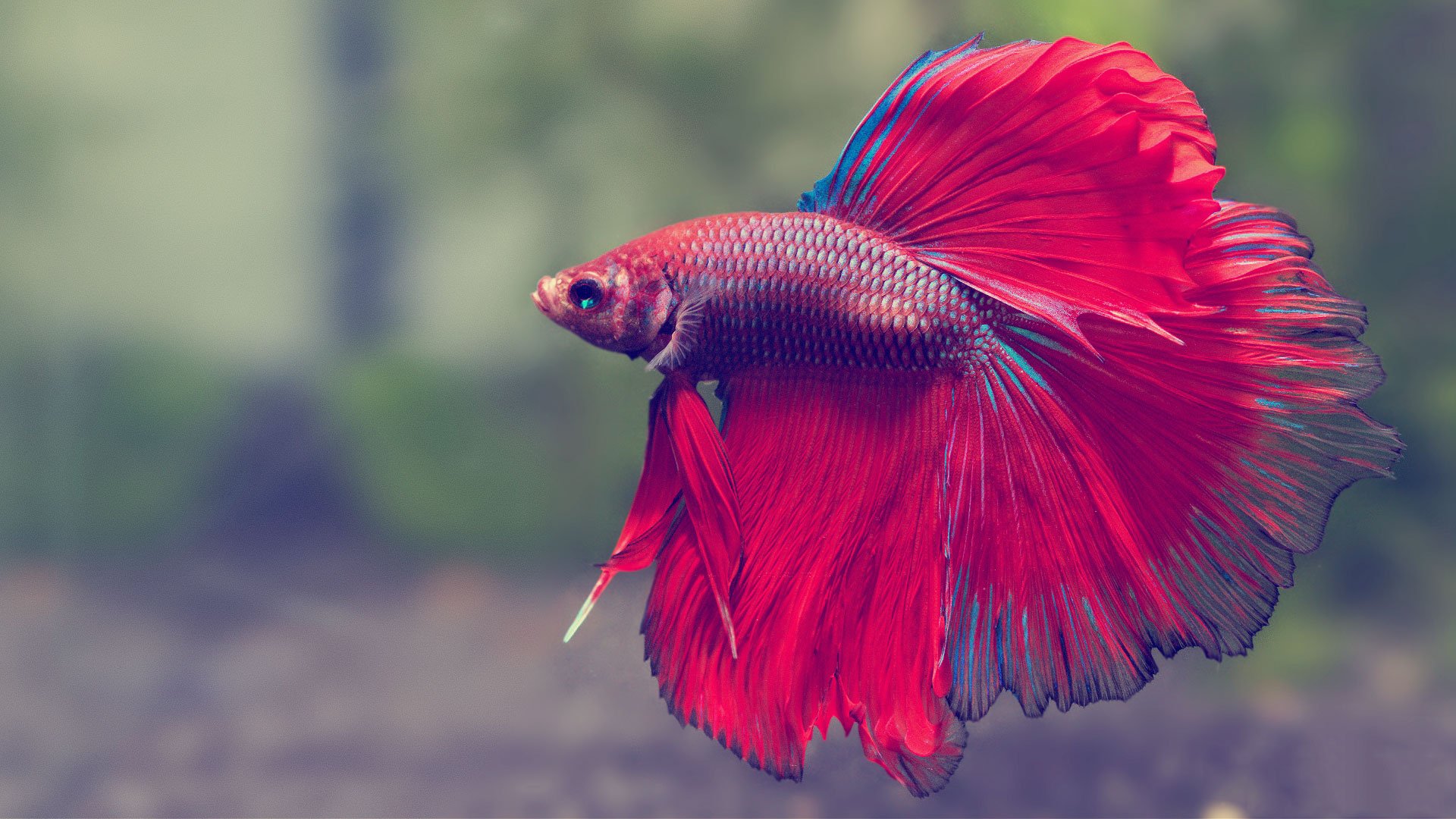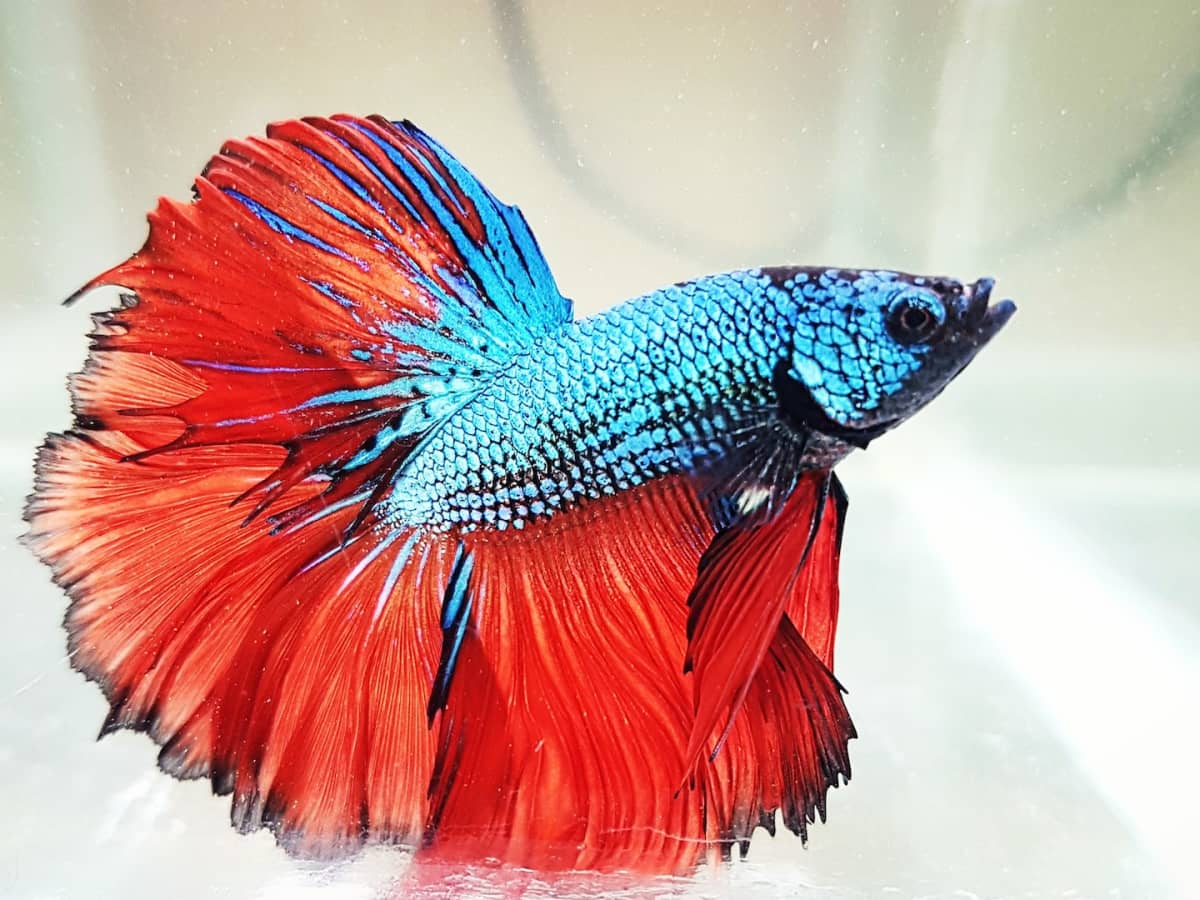Reproducing Betta Fish: a Comprehensive Step-By-Step Overview to Effectively Raising Baby Bettas From Eggs to The Adult Years
Breeding Betta fish is a careful venture that calls for cautious preparation and implementation to make sure the effective growth of fry from eggs to grow fish. Picking genetically varied breeding pairs with preferable features is only the beginning; developing an optimal atmosphere and understanding the details of the breeding process are equally critical. As the male Betta faithfully constructs a bubble nest and guards the precious eggs, the subsequent stages of care and shift need focus to information and knowledge of best practices. Just how does one navigate the tough yet fulfilling path of nurturing these lively animals to their adult years?

Selecting Reproduction Pairs
When embarking on the journey of breeding Betta fish, selecting the right breeding pairs is essential to achieving preferable qualities and a healthy lineage - betta fish. The very first step in this process is to determine the certain qualities you desire to boost or maintain, such as color, fin kind, and physique. It is vital to choose genetically varied sets to prevent inbreeding, which can result in wellness problems and unfavorable characteristics
Examine potential reproducing prospects meticulously. A healthy male Betta should display vibrant colors, an energetic temperament, and well-formed fins, while the woman should additionally display lively pigmentation and a rounded belly, showing preparedness for spawning. Observing the temperament of both fish is vital, as hostile or overly timid individuals may not breed successfully.
Documentation of lineage is similarly important. Keeping records of the moms and dad fish's ancestry can assist you track hereditary characteristics and possible concerns. In addition, get in touch with trustworthy breeders or on-line sources for assistance on choosing compatible pairs. Eventually, spending time in the option procedure will dramatically improve the possibility of producing strong, lively children that satisfy your breeding objectives (betta fish).

Preparing the Breeding Container
Producing an ideal reproduction atmosphere is a crucial step after choosing suitable sets for Betta fish. The breeding container must be particularly created to offer convenience and promote the all-natural breeding actions of the fish. Begin with a tank dimension of a minimum of 10 gallons to make certain sufficient area for both the male and women Bettas.
Preserve a gentle filtering system to keep the water tidy while avoiding solid currents that can worry the fish. Furthermore, an air rock can be included to provide oxygenation without interrupting the water surface as well a lot.
Temperature law is important; aim for a stable variety of 78-82 ° F(25-28 ° C) using a trusted heater. The pH degree must be kept in between 6.5 and 7.5, and routine water modifications are needed to guarantee high water quality.
Incorporate floating plants or generating browse this site sponges to create hiding places for the lady, while also encouraging bubble nest structure by the male - betta fish. Make certain the storage tank is cost-free from sharp designs and any kind of potential risks, as the well-being of the fish need to always be prioritized throughout this important phase of reproduction.
The Reproduction Refine
Normally, the breeding procedure for Betta fish includes a collection of distinct and evident actions that indicate readiness for reproduction. The male Betta starts by constructing a bubble nest at the water's surface area, which acts as a website for the fed eggs. see this website This nest is crucial, as it provides a secure atmosphere for the eggs till they hatch.
As soon as the nest is developed, the male will present courtship actions, such as flaring his fins and displaying lively colors to attract the woman. The woman, upon noticing the man's preparedness, will certainly react by showing upright red stripes along her body, signaling her receptiveness.
The fed eggs after that fall to the bubble nest, where the male thoroughly accumulates and returns them to the nest. Following this, the male thinks obligation for securing the nest and making certain the safety of the eggs till they hatch out, normally within 24-36 hours.
Caring for Betta Fry
Caring for Betta fry needs mindful focus to their setting and nutrition to guarantee healthy and balanced development and advancement. After hatching, Betta fry are extremely tiny and vulnerable, necessitating a steady and tidy environment.
Feeding Betta fry is equally vital. Originally, they should be provided infusoria or finely crushed top notch fry food, as their mouths are as well tiny to deal with larger fragments. As they expand, you can gradually introduce bigger foods, such as infant salt water shrimp or powdered flakes, to ensure they receive sufficient nourishment. Feed them tiny amounts a number of times a day, taking care not to overfeed, which can bring about water top quality issues.
Transitioning to Adult Bettas
As Betta fry fully grown, transitioning them to adult Bettas is an essential phase that calls for mindful administration of anonymous their environment and social interactions. This process usually starts when the fry reach around six weeks old, whereupon they can be slowly presented to a much more structured living environment.
To facilitate this change, it is vital to ensure that the water specifications-- such as temperature level, pH, and ammonia levels-- are optimum and stable. Adult Betta fish grow in cozy water (around 78-80 ° F) with a pH of 6.5 to 7.5. Slowly adjust the fry to these problems to reduce anxiety.
Social interactions are one more essential factor; male Bettas are notoriously territorial and hostile. It is advisable to different men into specific containers as they mature. Female Bettas can be housed together, but treatment needs to be taken to keep an eye on for indicators of aggression.
In addition, nutritional changes ought to be made as the fry grow. Integrate top notch pellets and live foods to support their development and health. By managing these variables efficiently, you can promote an effective change to adulthood for your Betta fish.

Conclusion
Effective breeding of Betta fish calls for careful interest to detail throughout the whole process, from selecting genetically diverse sets to giving optimal care for fry. Furthermore, a balanced diet plan and steady adaptation to grown-up settings are vital for the development and growth of Betta fish.
Comments on “The Ultimate Betta Fish Treatment Guide for New Pet Owners”